- Category
- War in Ukraine
In Chornobyl’s Shadow, Russia Threatens Europe with Zaporizhzhia Nuclear Power Plant
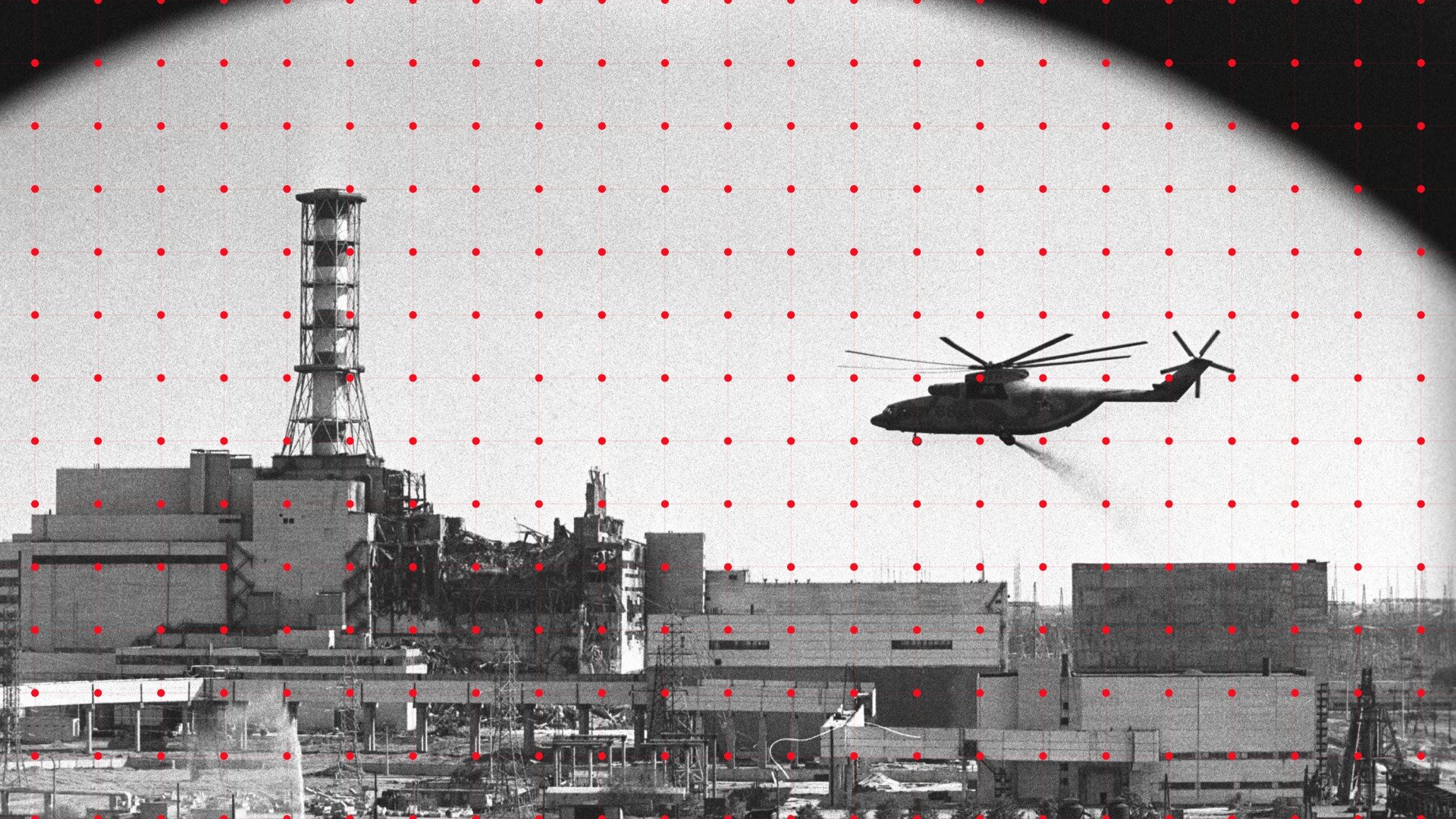
Ukraine is all too familiar now with nuclear disasters. Over the last two years, Russia has been in control of Europe’s largest nuclear power plant—Ukraine’s Zaporizhzhia NPP. The question now is, could there be another Chornobyl on our hands?
April 26th marks the 38th anniversary of the Chornobyl nuclear disaster—considered the worst nuclear disaster in history. A combination of corruption and human error resulted in the burning of the number 4 reactor for 9 days, sending harmful radiation clouds across the Soviet Union and deep into Europe. The Ukrainian city of Pripyat which served the power plant was severely irradiated, its population of nearly 50,000 people was evacuated and never returned.
To this day the process of decommissioning and cleaning up the site is still ongoing, with harmful radioactive fallout continuing to pose a threat to local ecology. The last reactor at the Chornobyl power plant was shut down in 2003, leaving Energoatom—Ukraine’s state-run nuclear power agency—with four remaining nuclear power plants.
That is until the events of Russia’s invasion of Ukraine in February of 2022. One main objective of Russia’s campaign in Ukraine’s South was to take over the Zaporizhzhia Nuclear Power Plant (ZNPP)—Europe’s largest nuclear power plant and the tenth largest in the world. The ZNPP made national headlines in March of 2022 during the battle of Enerhodar, a city similar to Pripyat’s design and purpose.
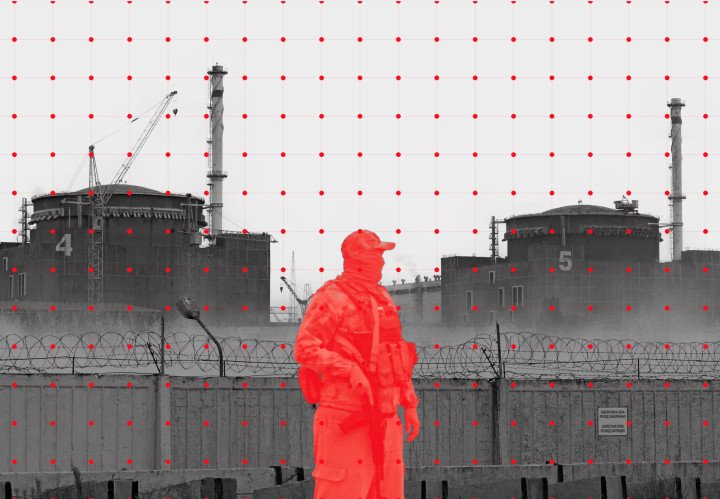
On March 3rd fighting reached the nuclear power plant, with the Russians eventually taking it over. During the fighting, there were exchanges of anti-tank missiles, rocket-propelled grenades, and an openly burning building near an active nuclear reactor. This justifiably caught the attention of the entire world who feared the potential of a nuclear disaster with more far-reaching consequences than that of the Chernobyl disaster.
The Zaporizhzhia Nuclear Power Plant was built with the risk of human error in mind, implementing a more modern design to the reactor and adhering to Western safety standards. However, what cannot be accounted for is the defacto terrorist-style hostage situation in which Russian forces occupy the power plant, use it as a military facility, and frequently stage false flag attacks on the ZNPP territory.
The frontline in Zaporizhzhia is separated by the mighty Dnipro River: On one side of the bank are Ukrainian forces, and on the other side is the nuclear power plant held by Russia. Connecting the two sides was the bridge above the Kakhovka Dam, which supplied the area with power and regulated the water levels of the Dnipro River—which the ZNPP’s cooling station drew water from.
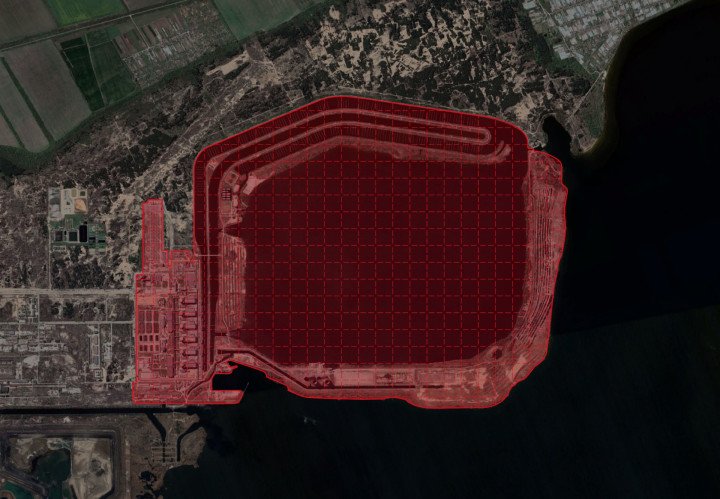
Russia detonated the dam on June 6th, 2023. This resulted in one of the biggest acts of ecocide in history, flooding large parts of Kherson Oblast and subsequently drying out most of the Zaporizhzhia river bed. As a result, the water levels of the ZNPP’s cooling station decreased—reaching critically low levels. The loss of water supply in the cooling station has the potential to lead to the melting or explosion of the nuclear reactors. Fortunately, this was not the case.
Critical situations like this in the power plant are unfortunately widespread. The International Nuclear monitoring Agency (IAEA) which is stationed at the ZNPP reported that recently—on April 7th—a drone strike targeted the plant. There, the IAEA reported three direct hits including one on the roof of Reactor Unit 6.
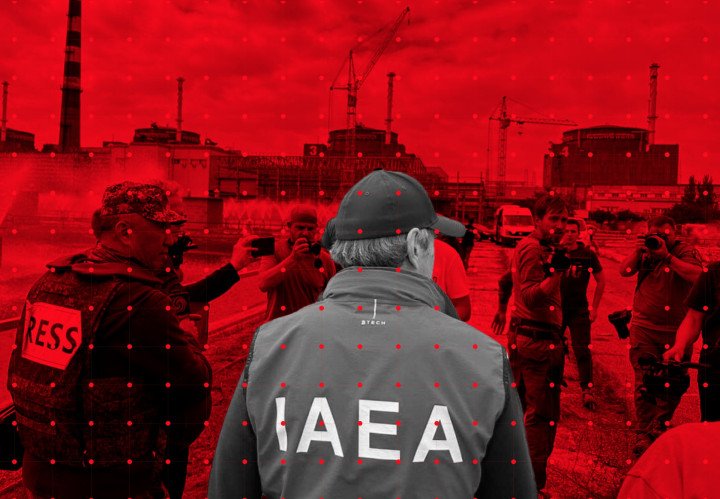
With Russians taking Europe’s largest nuclear power plant hostage, the risk of nuclear catastrophe cannot go unnoticed. the Ukrainian Ministry of Environment published a report comparing the consequences of the Chornobyl disaster to the potential ones of one in Zaporizhzhia. They claim that “it would be like 10 Chornobyl exclusion zones”.
"There were about 2,000 fuel assemblies in the Reactor 4 (at CNPP - ed.). There are up to 18,000 fuel assemblies (9-10 times more) at the ZNPP in 6 reactors and in the spent fuel storage. Therefore, we assume that the consequences may be 10 times more powerful than in 1986," said the Deputy Minister Iryna Stavchuk.
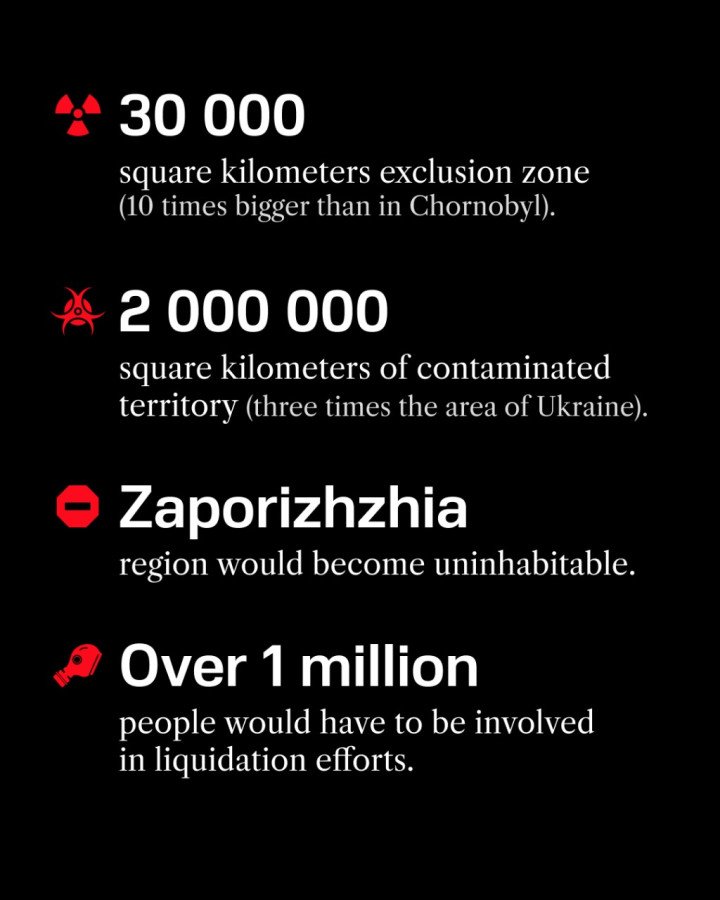
The potential exclusion zone can be up to 30,000 square kilometers. The potentially contaminated territory around the explosion site can be up to 2,000,000 square kilometers—three times bigger than the total area of Ukraine. There is also potential for radioactive clouds to reach far into Europe, Ukraine, Belarus, and the Russian Federation—depending on the wind.
Ukraine’s South could become uninhabitable, with the release of radioactive cesium-137. Large quantities are hazardous to human health, soil, and water bodies. The majority of emissions will affect Ukraine. Including the country’s main water source, the Dnipro River—contaminating it for an incalculable number of years.
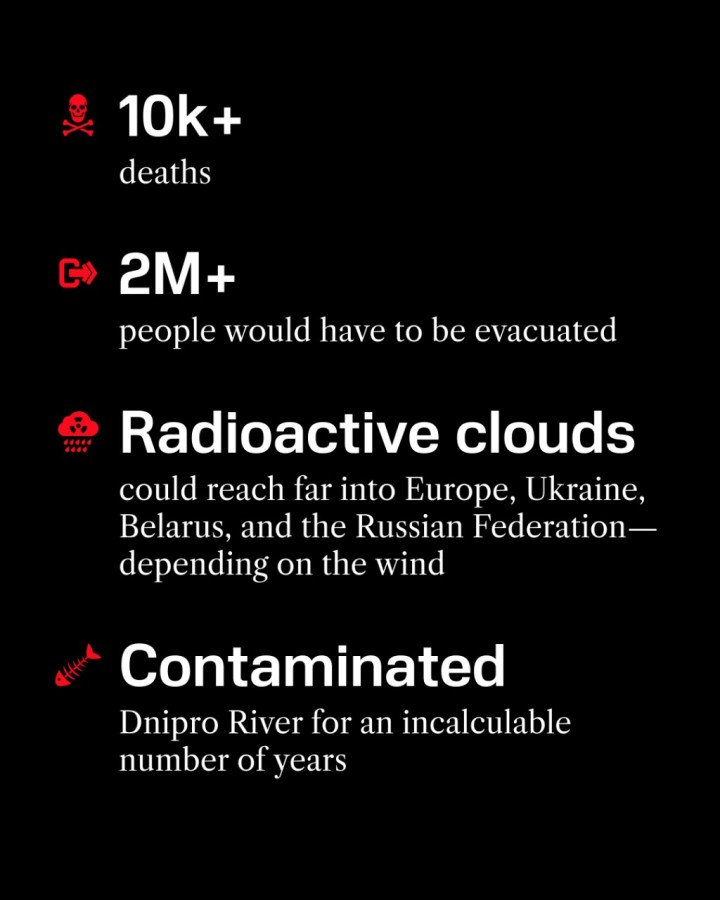
Depending on the number of people in the Zaporizhzhia oblast at the time of catastrophe, casualties could be in the tens of thousands. The low estimate of evacuees and internally displaced people as a result of such a disaster is set at two million. Those who stay can be one of the one million “liquidators” needed to deal with the immediate and long-term effects of the disaster.
The IAEA is currently the only foreign body granted access to the highly militarized ZNPP facility, operated by the Russian state-owned nuclear energy company Rosatom. Access to the site is limited and fully monitored by the Russian Military. Requests to view critical nuclear infrastructure are often ignored or flat-out refused.
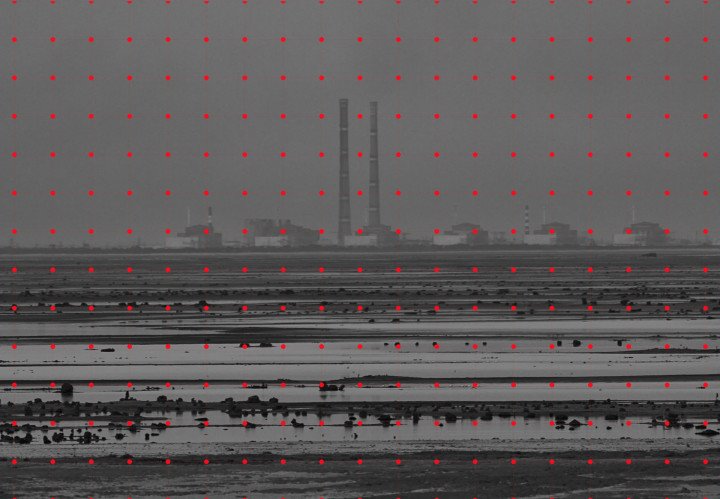
The Minister of Energy of Ukraine, German Galushchenko said: “The plant has not been generating power since September 2022. Given that no maintenance work is being carried out at the plant, there have been eight blackouts of the ZNPP due to shelling and line breaks, this brings the risk of a major incident closer. And the issue is that everyone understands this – both our partners and the IAEA. And the fact that the Russians are trying to hide the real situation means that there are indeed problems and these problems, unfortunately, can lead to an incident”.
The Russians have ignored countless calls to evacuate the nuclear power plant and relinquish control to a third-party agency like the IAEA. As long as the ZNPP remains a military site, the risk of having another nuclear catastrophe in Ukraine remains prevalent. As of now, Ukraine and Europe’s fate is in the hands of a terrorist state—known to openly threaten its enemies with nuclear disaster.


-f88628fa403b11af0b72ec7b062ce954.jpeg)
-b63fc610dd4af1b737643522d6baf184.jpg)

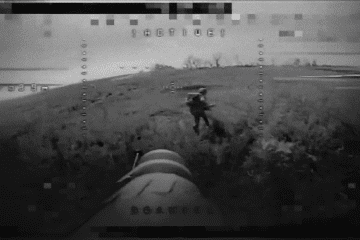
-29a1a43aba23f9bb779a1ac8b98d2121.jpeg)
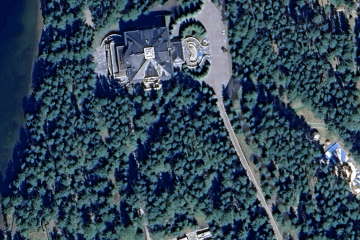
-24deccd511006ba79cfc4d798c6c2ef5.jpeg)